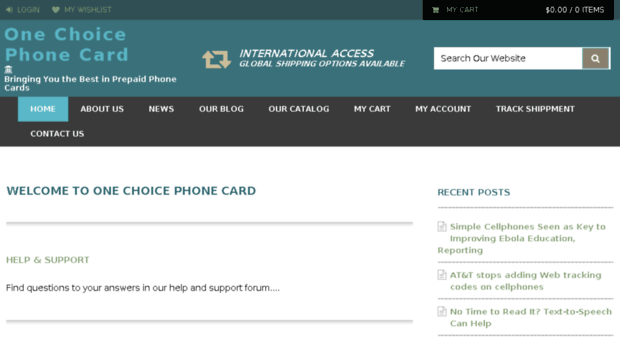Gujarat, India – The global tire market is an allied market to the rapidly shifting automotive market. As vehicles are getting more efficient, infrastructure is getting smoother, the tire market finds itself a suitable pedestal to grow upon. As per the research conducted by Bonafide Research, under the title, Global Tire Market Outlook, 2026, the global tire market is evaluated to be selling more than 2,000 million tires annually as of 2020. The tire market globally is expected to grow to more than 2,700 million tires by the year 2026.
From 2015 to 2020, the global tire market grew at a CAGR of 4.08 percent. As lockdown and social movement restrictions were imposed due to the outbreak of the COVID-19 pandemic, the global tire market had a sharp fall of roughly 4 percent in 2020. As many of the major economies reopened by 2021, the market recovered at a swift rate to pre pandemic level. The tire market is as old as the automotive and vehicle market and has today reached a considerable level of saturation.
The industry is highly competitive, as the major global players riding on their long legacies, dominate the market. This offers very little scope for new entrants and unorganized players to thrive in the market. In the medium to long term, the tire market is expected to get a significant boost as the global automotive industry is gradually shifting towards electric vehicles.
During the study, it was observed that the tire market is predominantly driven by the replacement tire market with having a significantly higher share as against OEM tire demand. However, as the automotive industry is seeing a fundamental shift into an electric vehicle, a fresh demand for a new tire segment is expected to give a boost to the OEM tire demand. The development of radial tires was the biggest innovation in the tire market.
Over the years the functionality of tires improved and its demand has increased exponentially. In the year 2015, the bias-ply tires generated sales worth $96 billion whereas, on the flip side, radial tires generated sales worth $83 billion the same year.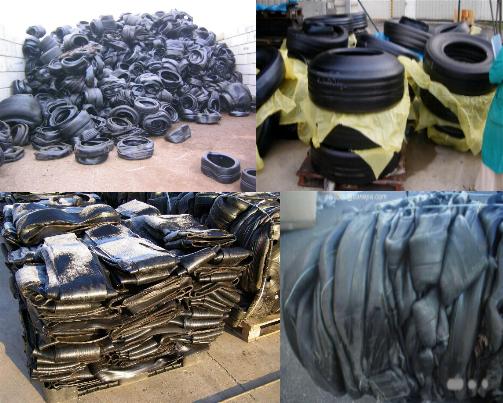
Globally, it has been observed that the radial tires global tire (tire) market outlook is majorly driven by the demand created by the passenger car segment and the two-wheeler tire segment. Even though radial tires are constantly evolving to support heavy duty workload, bias-ply continues to be more demanded by the commercial vehicle segment.
The automotive industry globally had a shaky growth in the past few years and was going through various structural changes. From the past few years, the developing economies have changed rapidly. The expanding middle class and deeper penetration of vehicles are driving the tire market in growing economies such as China, India, Brazil and Canada.
The Chinese and Indian tire markets also benefit from their population and low production costs. China and India as major tire markets have some interesting dynamics. Major global tire companies have shifted their production facilities to China and India to accrue benefits of lower production costs.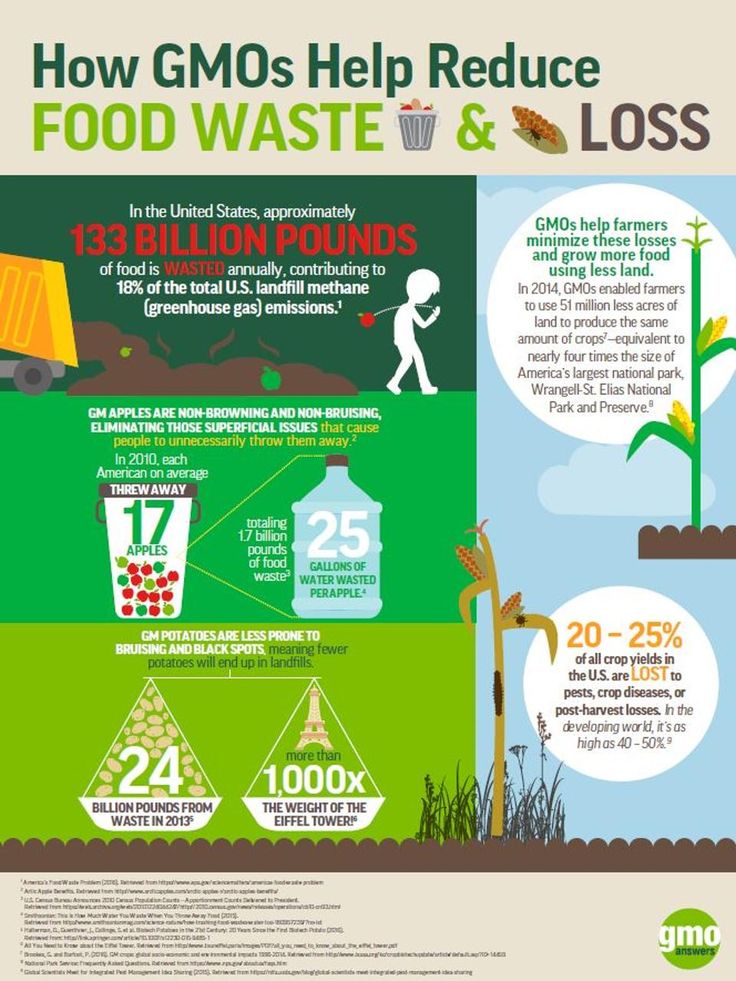 But they fail to capitalize on the volume prospects in these countries as regional players have a stronghold in these regions. Many Chinese and Indian tire brands are also currently exporting quality tire products.
But they fail to capitalize on the volume prospects in these countries as regional players have a stronghold in these regions. Many Chinese and Indian tire brands are also currently exporting quality tire products.
Japan, which is another major tire market in the region, is going through a stagnated growth due to a high level of saturation. Japan has been one of the major exporters of tire globally. USA, Germany and France are some of the most matured tire markets in the world and are facing market saturation. These companies are also home to some of the major tire companies who are having a global presence.
As these countries have a well-developed automotive market, it is expected that they will also be one of the early adopters of electric vehicles. The growth in electric vehicles in these saturated markets will provide a scope and opportunity for the tire manufacturers to innovate their products suiting to the specific designs, need and functionalities of the new vehicles.
For us to process your request, we need you to agree to our privacy policy Show Policy
Why we need your personal data?By providing your personal information e.g. name, postal/email address, telephone number enables Smithers to provide you with tailored information on our services. These might include purchased products such as market reports and conference places, testing or consulting services as well as digital resources such as whitepapers, webinar and brochures. Smithers is committed to ensuring the information we collect and use is appropriate for this purpose, and will process (collect, store and use) the information you provide in a manner compatible with the governing data protection laws. Smithers will endeavor to keep your information accurate and up-to-date, retaining it only for as long as required.
We will normally collect personal information from you only where we have your consent to do so, where we need the personal information to perform a contract with you, provide content or a service you have requested, or where the processing is in our legitimate interests to promote the testing, consulting, information, and compliance services and/or products offered by Smithers.
Will Smithers share my data?A Smithers member company may on occasion transfer your personal information to another Smithers member company, in some cases outside the European Economic Area. Smithers member companies are obligated by agreement amongst themselves to protect such information and comply with applicable privacy laws. Smithers will not pass on your information gained through an engagement without your consent.
How will Smithers protect my data and keep it secure?Smithers follow strict procedures to ensure your personal and financial information remain secure. To prevent unauthorised access or disclosure of your information, we have put in place stringent security and best practice processes to ensure your information is protected online.
To prevent unauthorised access or disclosure of your information, we have put in place stringent security and best practice processes to ensure your information is protected online.
Smithers will retain personal information collected from you where we have an ongoing legitimate business need to do so. Smithers will only retain your personal information for as long as necessary to fulfil the purposes for which we collected it and in accordance with the time periods found in our Data Retention Policy.
Your Legal Data Protection RightsAt any point while we are in possession of or processing your personal data you can exercise all of the rights available to you under the governing data protection law. You can view these rights in full on our Privacy Notice.
Through agreeing to this privacy notice you are consenting to Smithers processing your personal data for the purposes outlined.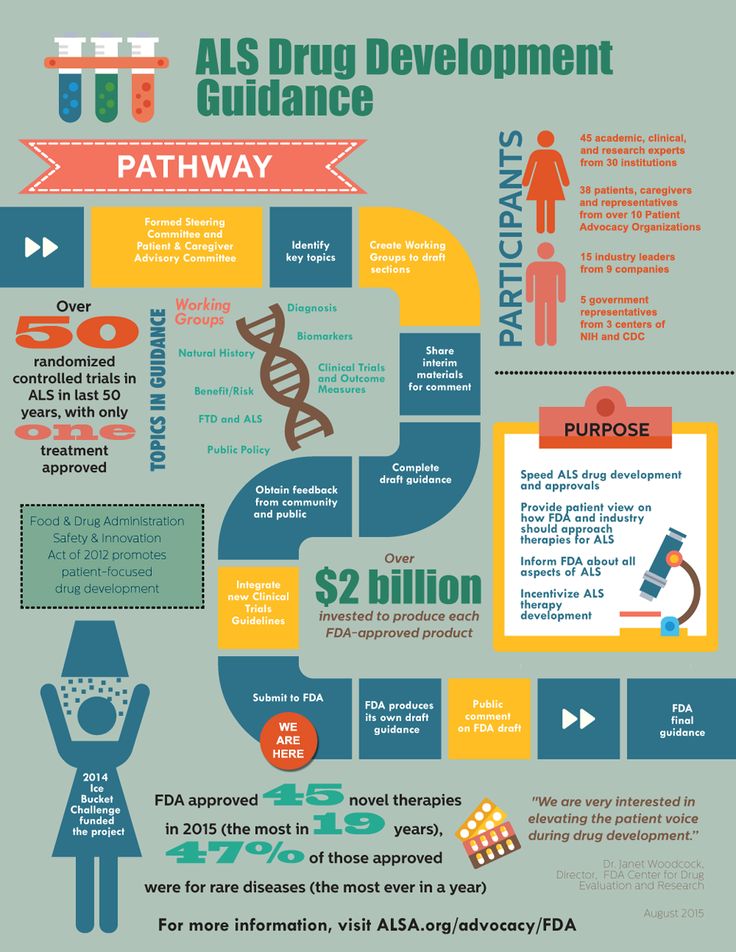 You can withdraw consent at any time, or raise a question or concern by emailing us at [email protected].
You can withdraw consent at any time, or raise a question or concern by emailing us at [email protected].
FULL SMITHERS PRIVACY NOTICE
1. Technical information
1
What are speed and load indexes for?
The speed index is the maximum allowable speed at which a properly inflated tire can be driven under load. The speed index, indicated by a letter, is located after the load index on the sidewall of the tire. For example, for a tire with a speed index of V, the maximum speed is 240 km/h. The tire load index is a numerical expression of the maximum load that a tire can withstand at the speed indicated by the corresponding index and at a certain air pressure in it. For example, for a tire with a load index of 116, the maximum load is 1250kg.
2
Where is the country of manufacture of the tire?
The country of manufacture is indicated on the sidewall of each tire.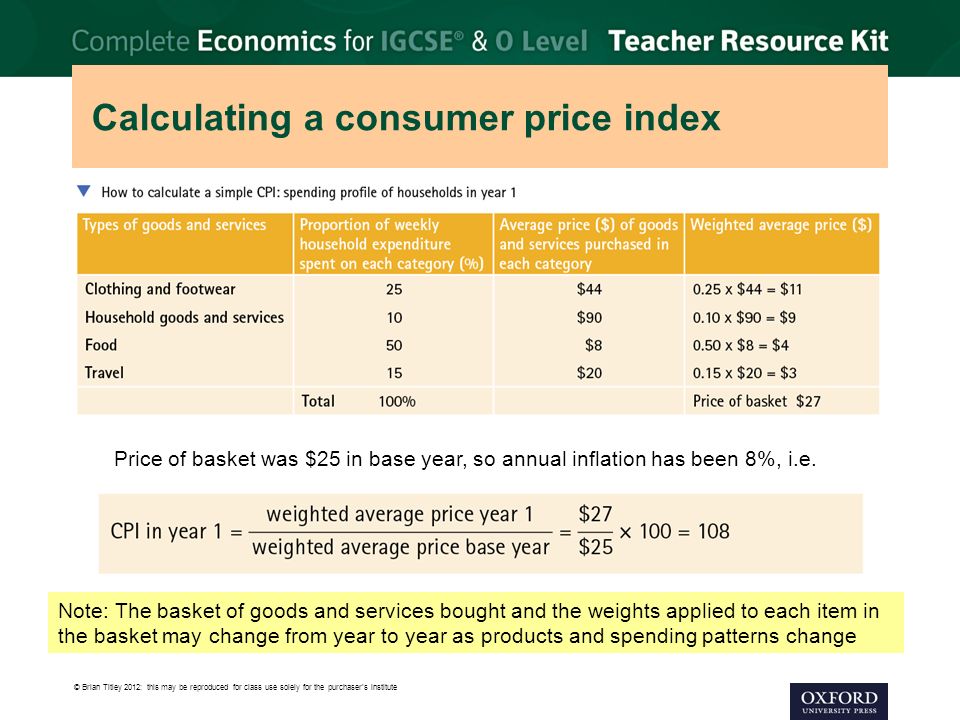 For example, the inscription Made in Japan indicates that the tire is made in Japan.
For example, the inscription Made in Japan indicates that the tire is made in Japan.
3
How can I find out the production date of a tire?
You can find the date of manufacture in the DOT number, which is indicated on the sidewall of each tire. The three letters "DOT" on the sidewall indicate that the tire meets US Department of Transportation safety standards and is approved for highway use.
Example: DOT YDLX P8U 4617
After the inscription "DOT" comes an alphanumeric code of 11 characters. The first two characters after "DOT" identify the tire manufacturer and manufacturer's code. The next 5 characters is a code defined by each manufacturer and indicates the internal codification. The eighth and ninth characters correspond to the week the tire was made. The last digit (or digits) indicates the year the tire was manufactured. The marking from the example means that the tire was manufactured in the 46th week of 2017.
4
How many miles can you run on Bridgestone tires?
The mileage on a set of tires depends very much on a number of factors, such as operating conditions, the quality of the road surface. Extremely affects the life of the tires and their wear and tear the manner of driving. Regular hard accelerations and brakings significantly shorten the life of your tires.
5
Uneven wear
The appearance of uneven wear can be caused by various reasons, such as incorrect tire pressure, malfunctions in the vehicle suspension, incorrect alignment, and violations of operating conditions. To prevent the occurrence of uneven wear, we recommend that you regularly inspect the tires and do not forget to monitor the pressure in them and the technical condition of the car. When changing tires seasonally, we recommend swapping wheels.
6
What is the maximum tire wear?
The maximum allowable wear level is determined by the Traffic Rules of the Russian Federation and is equal to 1. 6 mm of rubber on the entire tread surface for summer car tires. For winter tires, the wear limit allowed by law is 4 mm.
6 mm of rubber on the entire tread surface for summer car tires. For winter tires, the wear limit allowed by law is 4 mm.
7
What are the tread patterns?
The tread pattern is classified into three main types: non-directional asymmetric, directional symmetrical and symmetrical.
Asymmetrical Non-Directional: Tires with this pattern are primarily intended for medium to premium car owners who value safety in both dry and wet conditions. Mounting: When installing an asymmetric busbar, it is important to consider the mounting direction. The word "outside" must always be located on the outside of the sidewall of the tire.
Directional: Directional tires are ideal for sports cars that regularly drive on wet roads. They are also recommended for driving on snowy roads. Mounting: As with asymmetric tyres, it is important to follow the direction of the tire's rolling, as indicated by the arrow on the sidewall.
Symmetric: Symmetric tires are designed primarily for city or compact cars for short distance driving. The tire is suitable for those who are looking for good value for money. Mounting: A symmetrical busbar does not have a mounting direction. It can be installed and interchanged without fear of making a mistake.
8
What tire size can I choose instead of stock?
Usually the car manufacturer gives recommendations on the choice of tires. There can be several recommended tire sizes, each of which is guaranteed to fit the car without significant loss of handling, ride, speedometer readings and durability of the chassis elements. Alternative tire sizes that can be fitted to the vehicle can be found in the vehicle's owner's manual.
9
What is RFT technology?
RunFlat technology is based on the concept of reinforced sidewalls.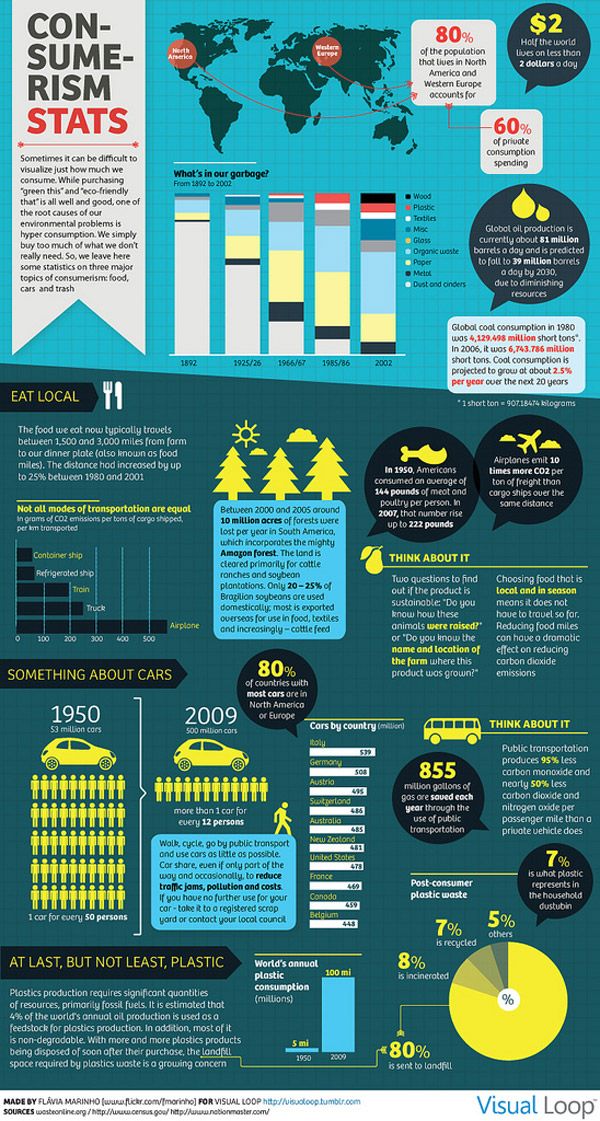 When a conventional tire deflates, it simply sags under the weight of the car, the beads move away from the rim and the sidewalls flatten onto the road, the weight completely destroying the tire in a few kilometers. Reinforced sidewalls of RunFlat tires keep the tire on the rim and successfully support the weight of the car after a puncture and complete loss of pressure. At the same time, all dynamic vehicle security systems such as ABS, ESP, DSC, CBC, etc. remain active. The maximum distance on a flat tire depends on road conditions and vehicle load, about 80 km. The maximum speed of the car is not more than 80 km/h.
When a conventional tire deflates, it simply sags under the weight of the car, the beads move away from the rim and the sidewalls flatten onto the road, the weight completely destroying the tire in a few kilometers. Reinforced sidewalls of RunFlat tires keep the tire on the rim and successfully support the weight of the car after a puncture and complete loss of pressure. At the same time, all dynamic vehicle security systems such as ABS, ESP, DSC, CBC, etc. remain active. The maximum distance on a flat tire depends on road conditions and vehicle load, about 80 km. The maximum speed of the car is not more than 80 km/h.
2. Installation, operation and maintenance of tires
1
What kind of care do tires need?
Tires should be checked regularly. Particular attention should be paid to the condition of the tread, to identify the presence of cuts, cracks and other damage. Tires do not require additional care. Avoid applying various aggressive detergents (thinner, petrol, etc.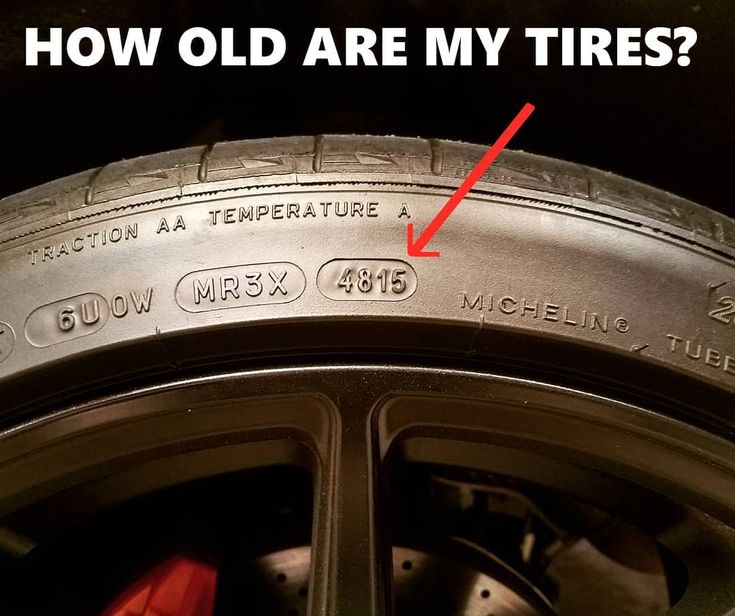 ) to the tires
) to the tires
2
What pressure should the tires be?
Tire pressure should be selected based on the recommendations of the vehicle manufacturer. This information can be found on the information plate, which is usually located on the gas tank flap or doorway. The same information is displayed in the instruction manual for your car.
3
How often should the tire pressure be checked?
Your tires lose some pressure during use. We recommend checking every month or before long trips.
According to a 2017 Bridgestone survey conducted in Irkutsk and Krasnodar, 52% of vehicles tested had incorrect tire pressures.
4
What happens if you don't check your tire pressure?
With reduced pressure, their adhesion to the road surface deteriorates, uneven wear appears, and fuel consumption increases. With increased pressure, depreciation worsens when overcoming bumps, the tire wears unevenly.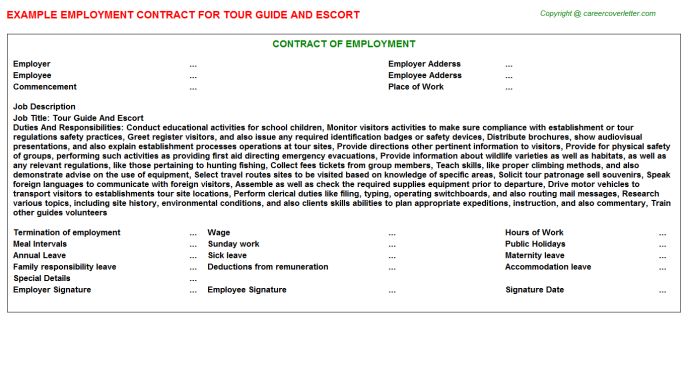
5
Do you recommend filling tires with nitrogen?
Nitrogen is an inert gas, which is dry air without oxygen (air contains about 78% nitrogen). The physical properties of nitrogen reduce pressure loss due to the natural permeability of tire materials, but do not completely eliminate it. Unfortunately, there are other ways for leakage: the point of contact between the tire and the rim, the valve (nipple), which does not give an absolute guarantee of maintaining pressure when using nitrogen instead of air when inflating the tire.
6
How and when should tires be swapped?
We recommend swapping tires for seasonal replacement. This will extend the life of the tire set by ensuring that all 4 tires wear evenly.
7
How to properly store tires?
If the rubber is on disks, then it can be stored in the “lying” position (to save space, folding the wheels on top of each other is allowed) or in a suspended state.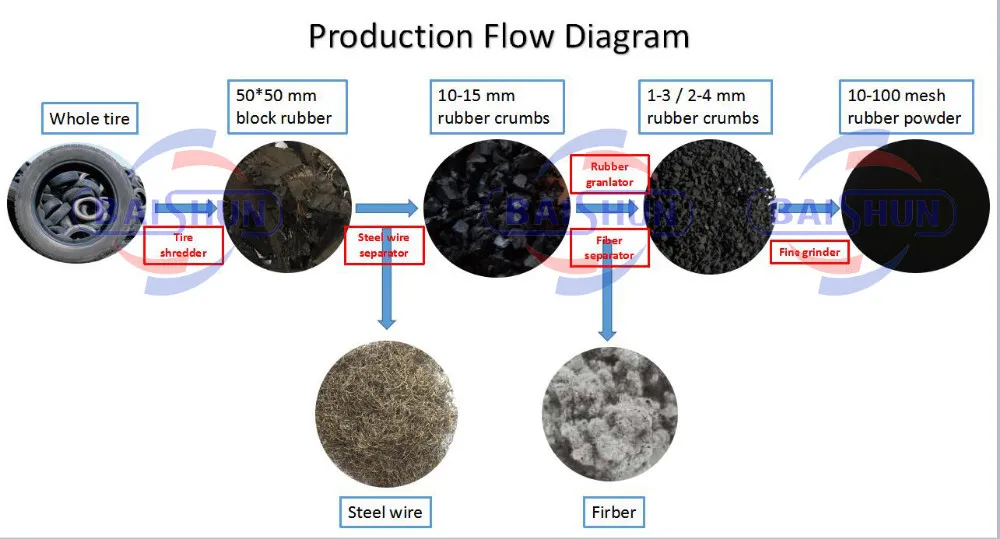 It is not recommended to store tires on rims in a vertical position. When storing rubber without discs, on the contrary, it is forbidden to fold the tires in a horizontal position and hang them up. It is desirable to store rubber without discs vertically (you can close to each other).
It is not recommended to store tires on rims in a vertical position. When storing rubber without discs, on the contrary, it is forbidden to fold the tires in a horizontal position and hang them up. It is desirable to store rubber without discs vertically (you can close to each other).
8
If I only bought two tires, where should they be installed?
We recommend installing newer tires on the rear axle of the vehicle. This is due to the fact that in the event of an emergency, tires with a deeper tread mounted on the rear axle will help prevent the car from skidding or demolition of its rear axle.
3. Safety
1
Can different tires be used on the same axle?
No, it is prohibited by the traffic rules of the Russian Federation.
2
When should summer tires be replaced with winter ones?
We recommend replacing summer tires with winter tires when the average daily temperature falls below +7°C.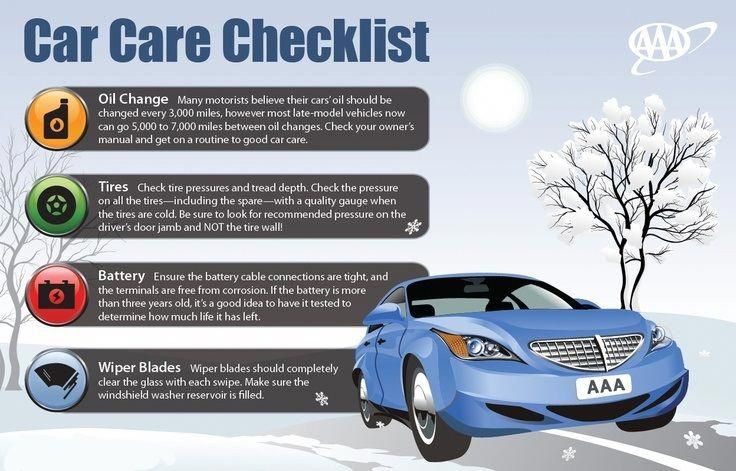
3
Can summer tires be used in winter?
Due to the rubber composition of summer tires, we do not recommend using them at temperatures below +7°C. Also, according to the traffic rules, tires with winter markings should be installed in winter, indicating their seasonality.
4
How to tell if a tire is winter?
Winter tires have a special designation on their sidewall. The three-headed snow peak with a snowflake indicates that the tires are made for harsh winter conditions. Some tires have the M+S (Mud and Snow) marking, which does not always mean that the tire is winter, but indicates good tire performance.
5
Can winter tires with a lower speed index be used?
It is allowed to use winter tires with a speed index lower than those of the original tires. If you have fitted tires with a lower speed index, the vehicle's maximum speed is limited accordingly by that index.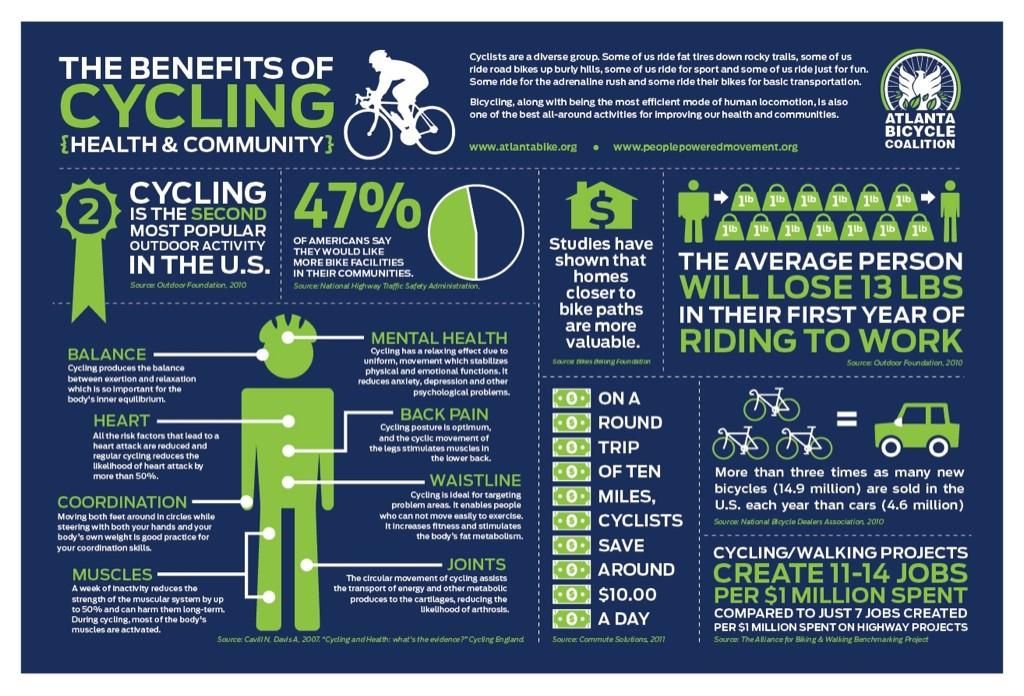
6
How to break in studded tires correctly?
We recommend avoiding sudden acceleration, braking and sharp turns for the first 500 km. This will ensure that the stud is properly seated in the rubber and will significantly extend the life of the stud.
7
Can tires of different makes or models be fitted to the vehicle?
The Traffic Rules of the Russian Federation do not prohibit the installation of tires of different manufacturers or models on a car. It is important that tires with the same tread pattern, speed and load index, and wear are installed on the same axle of the car. But to improve performance, we recommend installing four identical tires per car.
8
What should I do if the tire cord is visible?
If, as a result of tire damage or wear, the tire cord is visible, it must be replaced immediately. The traffic rules of the Russian Federation prohibit the use of such a tire.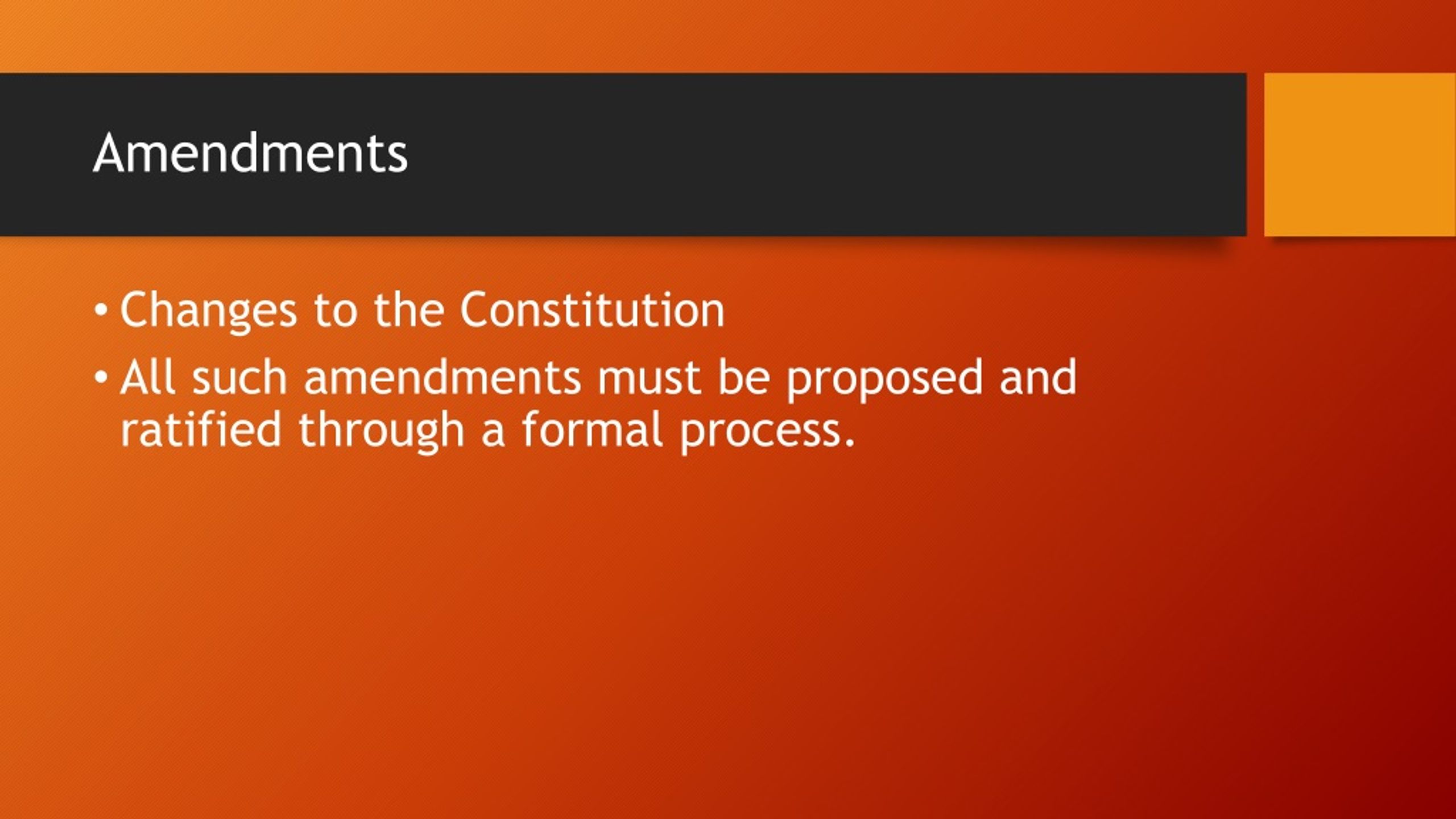
4. Warranty
1
What is the warranty period for Bridgestone tires? What does she cover?
Bridgestone sets a warranty period of 5 years from the date of manufacture of the tire. The warranty covers manufacturing defects.
Warranty Terms
2
What is the Extended Warranty?
The Extended Warranty Program is a set of Bridgestone commitments that entitles Buyers to free repairs or free replacements of Bridgestone branded vehicle tires for operational damage within 1 year from the date of purchase.
More about the program
3
How do I get an extended warranty?
When purchasing a set of Bridgestone or Firestone tires at Pole Position or Bridgestone Authorized Retailers, the customer has a one-year free repair or replacement option at any of the listed retailers if one or more tires are unintentionally damaged during use. To do this, within 14 days from the date of purchase of a set of tires purchased at any authorized outlet of the program, you must independently register your purchase in the Extended Warranty program.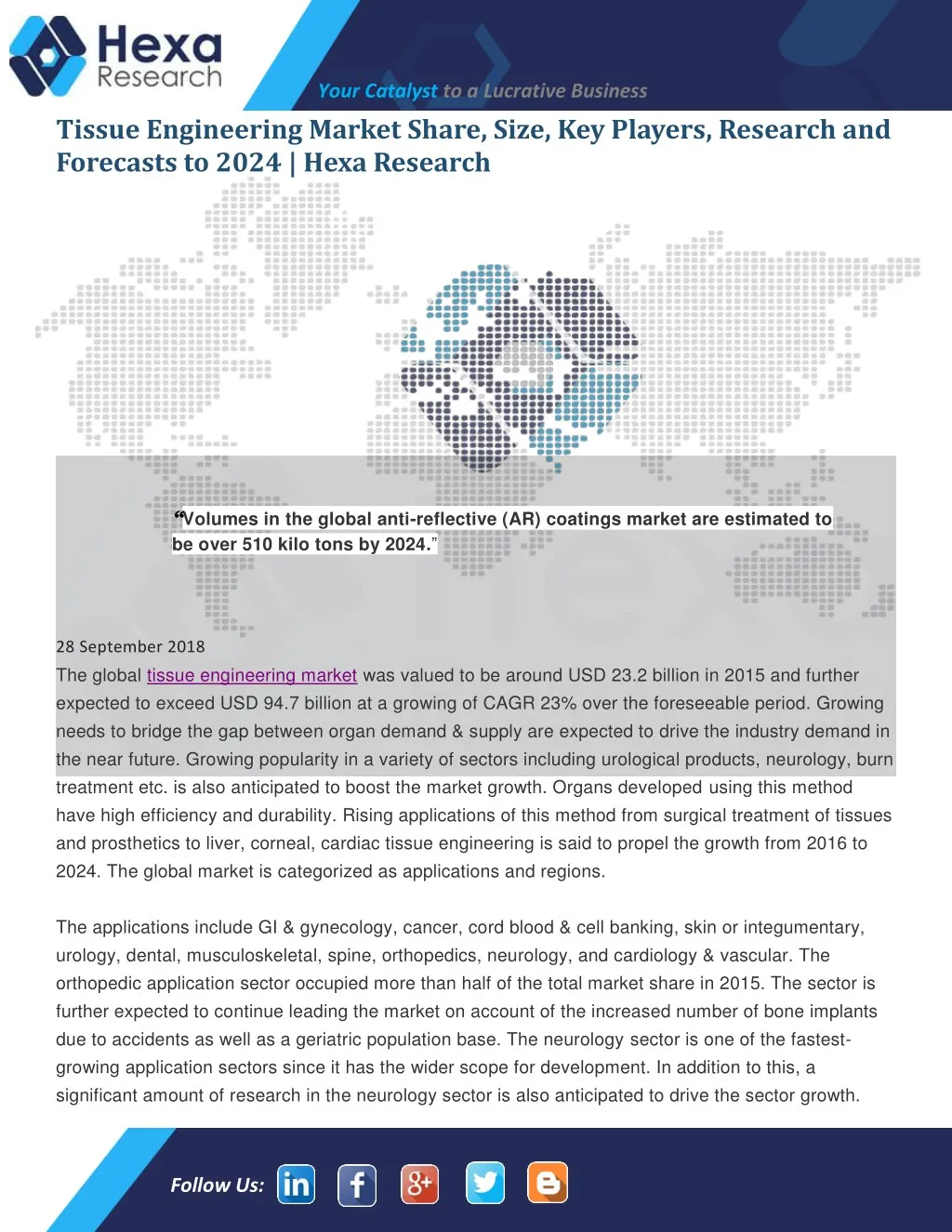 To start registration, click on the "Activate Extended Warranty" button or go to the registration form at the bottom of the page.
To start registration, click on the "Activate Extended Warranty" button or go to the registration form at the bottom of the page.
More about the program
4
Side braces or uneven sidewall. Is this a warranty case?
Sidewall unevenness is the unevenness on the sidewall of an inflated tyre. Sidewall heterogeneity occurs on radial tires and is most noticeable on high profile tires operating at high inflation pressures. A bump on the sidewall of a tire is not a bulge or delamination on the sidewall. This unevenness is the result of a factory-allowed sidewall inhomogeneity produced during the manufacturing process of the tire. This heterogeneity is not a defect and does not affect the safety of the tire.
5
Where should I contact if I suspect a warranty claim?
You can write a letter to [email protected] or call the hotline by phone: +7(495) 989-47-10.
5. Buying tires
Buying tires
1
How to find the tire model you are interested in, find out the availability and cost?
You can find the store closest to you and check the availability of the model you are interested in using the link.
Shops on the map
14 March 2022
Bridgestone suspends production activities in Ulyanovsk and deliveries to Russia
Production will be suspended from March 18, 2022.
read more
1 February 2022
Bridgestone launches state-of-the-art wet handling test track
Bridgestone launches new wet handling test track.
more
16 December 2021
Bridgestone plant – 5 years of commercial production in Russia
In December 2016, the first tire for sale was produced at the Bridgestone plant in Ulyanovsk.
more
All newsYou have successfully subscribed to the newsletter
First proposed in 2017 as a prototype of a completely organic, airless, "smart" tire, the VISION concept inspired the Michelin Group to set an ambitious goal: to make its tires 100% environmentally friendly by 2050.
Today, around 30%* of the components used in the manufacture of Michelin Group tires are already made from natural, recycled or other environmentally friendly raw materials.
The MICHELIN tire is a high-tech product that consists of more than 200 components. The company's tires are made primarily from natural rubber, but also include synthetic rubber, metal, fibers, and other materials that reinforce the tire's structure, such as carbon black, silica, and plasticizers (resins, etc.). These materials are added in the perfect ratio to achieve the optimum balance of performance for handling and safety. It also helps to continuously reduce environmental impact.
The Michelin Group found a way to make tires 100% environmentally friendly
Watch the
technology video
This task has been made possible thanks to intensive research and development activities …
Michelin's advances in performance materials are backed by intensive research and development involving 6,000 people from 350 fields of expertise at seven research centers around the world.
The dedication of these engineers, scientists, chemists and developers is reflected in the registration of 10,000 patents in the field of tire design and manufacturing. Every day, tire specialists work hard to find the best ways to improve safety, durability, handling and other performance of tires, and help make them 100% environmentally friendly by 2050.
... and active cooperation with innovative companies
The Michelin Group also recognizes that the nature of innovation and the speed of innovation require new forms of collaboration, which is why the Michelin Group chose to work with innovative start-ups whose achievements offer limitless possibilities. The technologies developed go well beyond the tire industry and can be used in other industries, providing additional benefits in the form of renewable raw materials that can be reused. These technologies will also make it possible to recycle polystyrene and recover carbon black or pyrolysis oil from retired tires.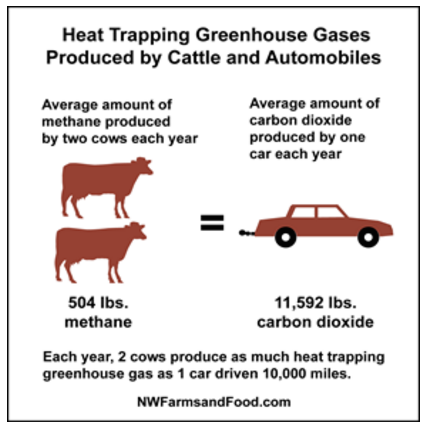
Axens and IFP Energies Nouvelles , the companies behind the BioButterfly project, have been collaborating with Michelin since 2019 to produce organic butadiene** to replace petroleum-derived butadiene. The use of biomass, consisting of wood, rice husks, leaves, corn stalks and other plant waste, will allow 4.2 million tons of wood chips to be used annually in the production of MICHELIN tires.
Cooperation agreement concluded between the Michelin Group and the Canadian company Pyrowave in November 2020, aims to launch the production of styrene from plastics contained in packaging such as yogurt cups, food trays or insulating panels. Styrene is an important monomer used in the production of not only polystyrene, but also synthetic rubber for tires and a wide range of consumer products. Ultimately, tens of thousands of tons of polystyrene waste can be recycled back into original products, as well as MICHELIN tires every year. Over time, MICHELIN tires will process the equivalent of 42 billion yogurt cups annually.
Over time, MICHELIN tires will process the equivalent of 42 billion yogurt cups annually.
French startup Carbios has developed an innovative technology that will be used at one of Michelin's production sites from August 2021. It involves the use of enzymes to decompose waste PET plastic*** into its original pure monomers, which can be recovered and reused in the production of new plastics based on polyethylene terephthalate (PET). It so happens that one of the types of such recovered plastic is polyester fiber, which is used in the production of tires. It will be possible to recycle about four billion plastic bottles annually to make MICHELIN tires.
Finally, in February 2021, the Michelin Group announced its intention to start building the world's first tire recycling plant with Enviro . This Swedish company has developed and patented a technology to recover carbon black, pyrolysis oil, steel, gas and other new high quality reusable materials from obsolete tires.